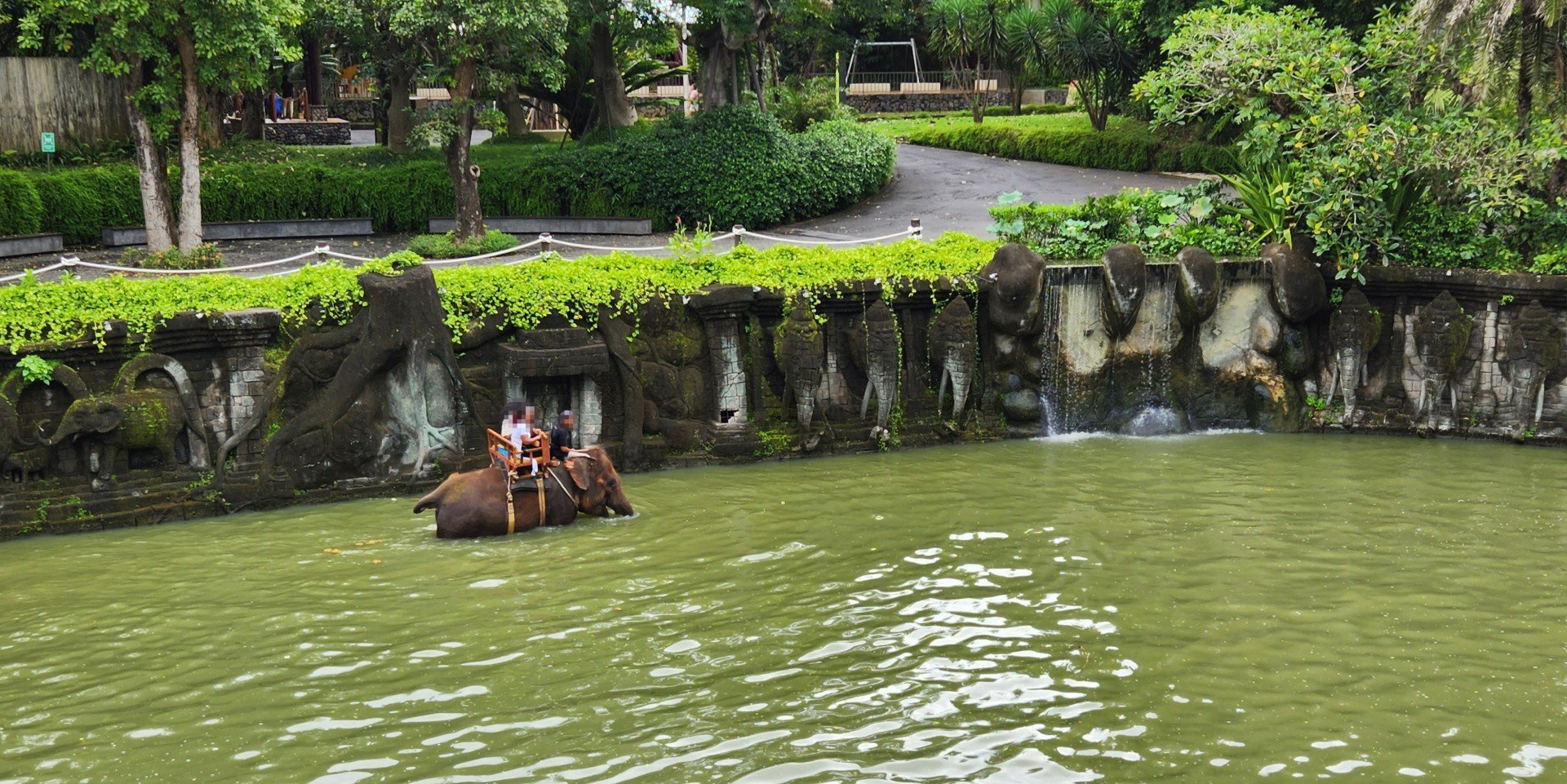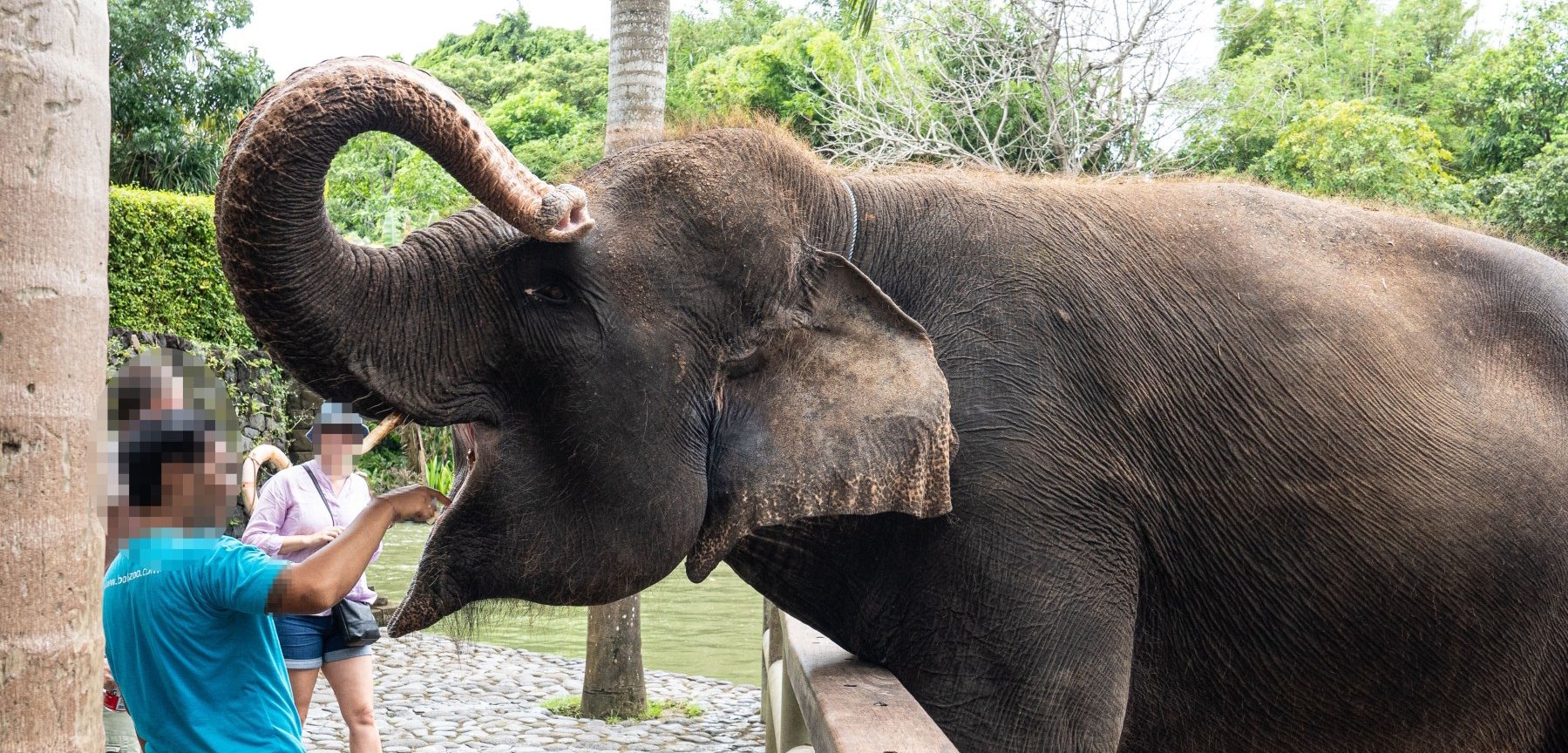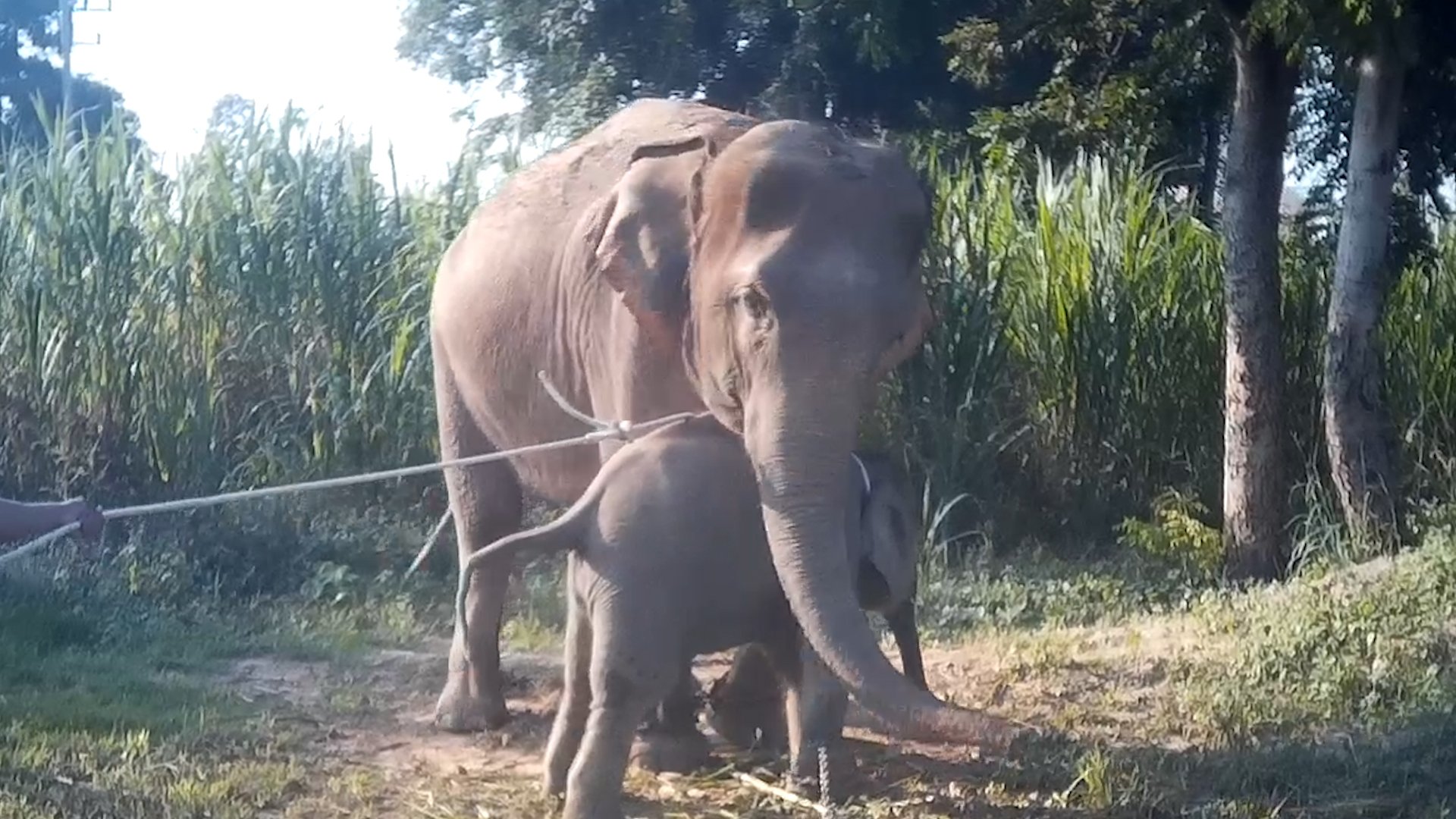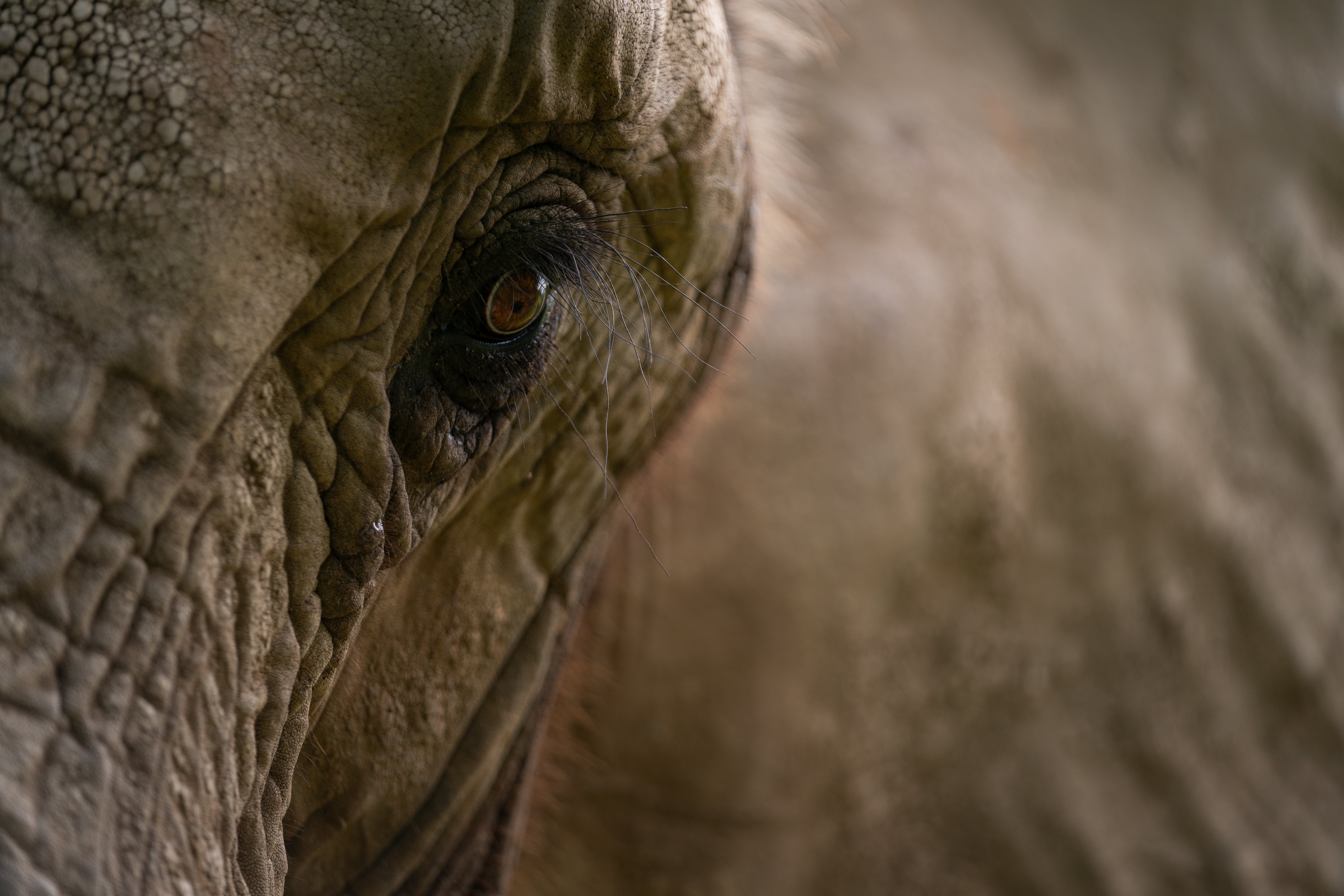
On the 3rd of March, the world comes together to celebrate World Wildlife Day, a day dedicated to raising awareness about the importance of wildlife and promoting conservation efforts.
It was established by the United Nations to celebrate and raise awareness about the world's wild animals and plants. The day provides an opportunity to highlight the beauty and diversity of wildlife and underscores the urgent need for their protection, which is needed more than ever.
As we celebrate World Wildlife Day 2024, we are also calling on the Thai government to ban elephant breeding in captivity and improve the welfare of captive elephants in Thailand.
Find out more and sign our petition

One of the largest and most iconic land animals, it is easy to see why so many love these gentle giants. Unfortunately, an entire industry has grown around elephant tourism and continues to grow rapidly. Thousands of elephants live in cruel conditions to entertain tourists, who are, for the most part, not even aware of what goes on behind closed doors.
Have you ever wondered how elephants feel in the wild versus those kept in captivity for entertainment?
Like humans, elephants are creatures with a lengthy lifespan, consciousness, and remarkable intelligence. Various elements influence their well-being and emotional condition, such as whether they reside in their natural habitat, free from human interference, or are confined for entertainment purposes.
Although life in the wild comes with its own set of challenges, including predation, drought, and hunger, these experiences are intrinsic to the existence of both Asian and African elephants.
The natural environment is where elephants have evolved to thrive. However, when removed from this setting, subjected to captivity, immobilisation, separation from their familial bonds, and forced to exhibit unnatural behaviours to avoid punishment, their physical and mental health undergoes significant deterioration.

Here are some examples that compare the lives of wild elephants with captive elephants used for entertaining tourists and the impacts their different experiences have on their emotional well-being:
Elephant families
In the wild
Elephant calves in the wild rely on their mothers and family for survival, social support, and learning during their early years. Typically, male elephants leave the group in late adolescence, while females often stay. The strong familial connection is evident as elephant calves spend about 90% of their time near another elephant. Losing their mother before age two in the wild can be fatal, causing distress and grief for the calf.
In captivity
Handling elephants is considered dangerous, leading to the cruel practice of separating young calves from their mothers at around two to four years old. This causes distress to both the mother and calf, with potential long-term suffering. Wild-caught calves may witness family members being killed, while captive-bred ones may see their mothers chained for up to two months to prevent them from searching for their offspring. Mothers often respond to separation with visible distress, highlighting the emotional toll. The lasting impact is evident, as Asian elephant offspring can recognise their mothers' chemical cues even after 27 years of separation.
Elephants, especially Asian elephants, exhibit signs of grief following the loss of a family member, whether through forced separation or death. Their behaviour around carcasses suggests emotional responses beyond mere curiosity. Grieving and mourning rituals are intrinsic to both Asian and African elephant cultures, with instances of mothers mourning their dead infants for days, attempting to revive them, and interacting with their bones for years. The experience of loss significantly affects elephants, highlighting the emotional complexity of these magnificent creatures.

The lives of young elephants
In the wild
In their natural habitat, young elephants engage in essential play for development. Playtime, comprising 15% of their day for wild Asian elephants, fosters learning, skill development, and bond strengthening. In the wild, fear and anxiety are occasional challenges, but close family support provides emotional security. Wild elephant calves retain agency over their lives, making choices and influencing their environment.
In captivity
Captive-bred or wild-caught elephant calves face traumatic early separations from their mothers for training purposes. Traditional methods involve chaining, beating, and frightening the calves, while modified approaches include forced walking until exhaustion. Training often employs punishment techniques, causing wounds and suffering. Emotional trauma from separation or witnessing family harm can lead to long-term distress and psychological disorders akin to PTSD. Assessments reveal symptoms of Complex PTSD in a significant percentage of captive elephants, impacting their socialization, stress regulation, and overall well-being. Developmental trauma, especially from early separation, makes them more susceptible to additional stressors and traumas, exacerbating their vulnerability to c-PTSD.

Roaming free versus captive bound
In the wild
In their natural habitat, Asian and African elephants engage in various activities, including feeding, walking, playing, washing, mudding, and dusting. These behaviours serve both functional and potentially emotional purposes. For example, elephants may experience pleasure from consuming favoured foods and sensory pleasure from bathing and mudding. Observations in captivity indicate that restricting natural behaviours in elephants can lead to signs of frustration, anxiety, and stress.
In captivity
Trained elephants in captivity often face forced labour, such as giving rides, being washed, fed, or walked by tourists, performing in shows or circuses, and even painting pictures. These activities are typically the result of aversive training methods and learned helplessness, rather than voluntary participation. Working conditions can be demanding, with elephants in tourism camps documented to work between 5 and 10 hours per day, often in high temperatures.

What you can do to help
It is important to refrain from engaging in activities that exploit elephants, such as riding, washing, bathing, or hugging them, and avoiding attendance at elephant shows. Opt for venues that prioritise observation-only experiences, allowing elephants to live freely without unnecessary human interference. It is essential to question travel companies that promote activities involving direct contact with the animals, advocating for responsible and ethical tourism. Take the initiative to inform your family and friends about being elephant-friendly tourists and share the provided information with your network. You can also sign our petition asking the Thai government to put a breeding ban in place that would stop more elephants being born into a life of chains and hooks for tourist entertainment.
Sign the petition now